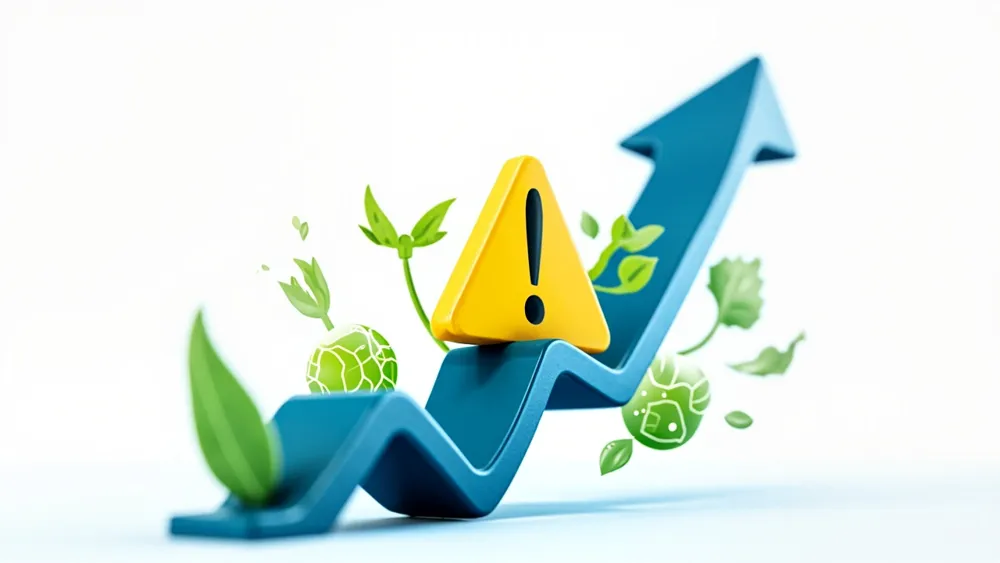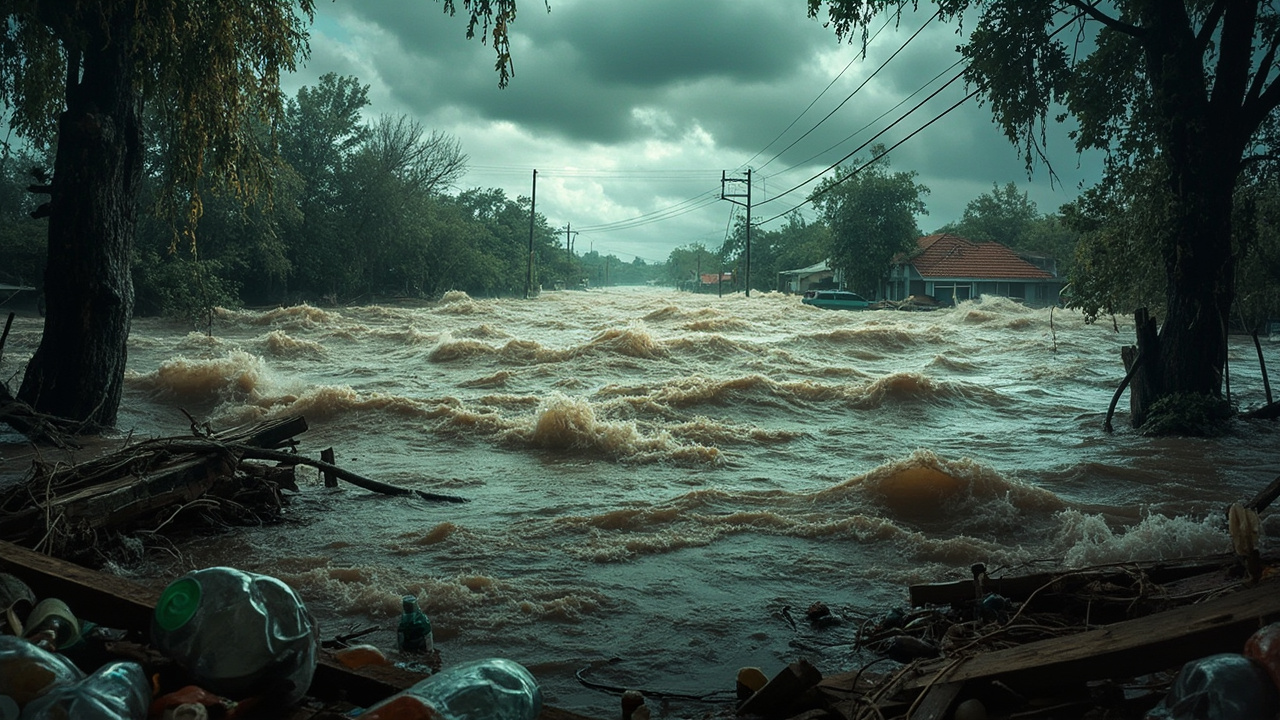Investor Concerns Rise in Clean Energy Sector Amid Proposed Legislation

The proposed legislation under former President Trump poses significant risks for investors in the burgeoning clean energy sector in the United States. As the Senate prepares for deliberation, the political landscape reveals a potential upheaval for renewable energy initiatives, illustrated by the sharp drop in solar stocks and the warnings from industry leaders. With solar and battery storage projected to account for 81% of new grid additions in 2025, the ramifications of the proposed tax bill could be far-reaching. This commentary seeks to unpack these implications, revealing both the immediate shocks and the longer-term trends that could emerge from this legislative battle.
Experts from investment banks like Jefferies have expressed alarm about the ramifications of the current legislative proposal, deeming it a "worse than feared scenario" for solar power investment. The bill proposes the elimination of critical tax credits that have fueled a surge of capital into the solar sector. Since the Inflation Reduction Act (IRA) was enacted in 2022, over $161 billion has been allocated to solar and battery storage projects. The prospect of dismantling federal support not only endangers job creation—Sunrun’s CEO has suggested potential layoffs numbering around 250,000—but also threatens to curtail energy generation precisely when demand is skyrocketing due to artificial intelligence and reindustrialization efforts. With clean energy accounting for 92% of new power projects awaiting grid connection, a slowdown in deployment risks exacerbating existing electricity supply challenges.
The historical parallels with the 2008 financial crisis are striking; much like the housing market collapse that was precipitated by toxic financial products, we might be witnessing a systemic risk building up in the renewable energy sector due to unstable government policies. The challenge now lies in balancing legislative action with corporate needs in a rapidly evolving economic environment. Notably, the legislative assault on tax credits not only risks the clean energy boom but could have unintended consequences that ripple across multiple sectors—higher consumer energy costs and stunted job growth in districts that would otherwise benefit from renewable investments. Additionally, considerations around sourcing materials from China could isolate American firms from critical supply chains, further hampering the competitiveness of the U.S. clean energy sector against global titans.
As the Senate takes up deliberations, stakeholders must grapple with the harsh realities the proposed tax bill presents. Investors in the solar industry should remain cautiously optimistic but acutely aware of potential pitfalls. While some Republican senators have indicated that the harshest parts of the legislation could be modified, the landscape remains tenuous. It's an opportune moment for institutional investors to recalibrate their strategies in alignment with the shifting political winds. Failure to do so may lead to unforeseen losses reminiscent of the dot-com bubble's untimely bursts. Ultimately, the clean energy sector stands at a crossroads: the path forward must involve not just resilience in the face of regulatory headwinds but also a focus on sustainable, long-term strategies that can weather political turmoil. The question remains: will policymakers reassess the potential decay of the renewable energy renaissance, or will they allow a momentous opportunity to slip through?
Read These Next

Israeli Army Deploys All Infantry and Armoured Brigades to Gaza
On May 24, Israel assembled all infantry and armored brigades in Gaza, escalating its military offensive against Hamas.

China-ASEAN FTA Upgrade Boosts Global Economic Certainty
CAFTA 3.0 negotiations show China's commitment to ASEAN economic integration, boosting global trade stability and mutual growth.

Floods in Southeastern Australia Kill 5; Restoration Work Begins
NSW, Australia faces ongoing flood warnings after heavy rains killed 5. Restoration efforts continue amid infrastructure damage.
